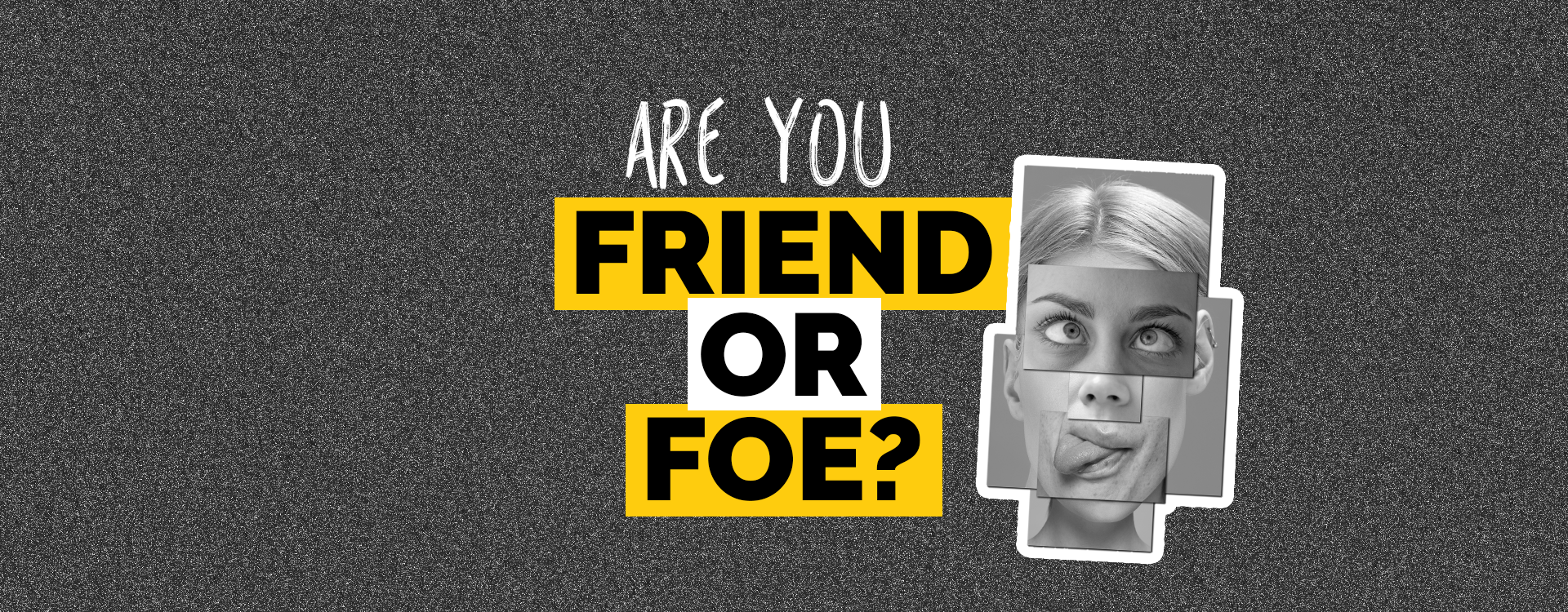
In the dim, dark days before computers, graphic designers needed to be craftsmen. Armed with cardboard, paint brushes, sharp knives, smell solvents, assembly instructions, and envelopes, designers literally crafted with their hands, careful not to drip sweat into their paints. Typesetting involved specially ordered decals. Mistakes frequently meant you had to start over.
And then it all changed.
Computers, Photoshop, digital paint brushes, multiple variations of a similar mockup became commonplace. Speed and precision became the law of the land. No more time spent poring over dusty books in the library, trying to find your next piece of inspiration or direction. Visualization went from taking days to moments.
But with the increased speed afforded by computers, deadlines that were once a little crazy became batshit insane.
When computers were introduced into graphic design, there was pushback from designers who feared that they would become obsolete. Needless to say that didn’t happen.
But now it’s all changing again.
Just like the graphic designers reacting to the advent of computer technology, pushback on the AI assist is vocal and loud. And, while you might view this transformation with trepidation, fearing the obsolescence of human creatives, it’s important to recognize that injecting AI into graphic design isn’t all bad news. In fact, it brings a host of opportunities and advantages that can enhance the field top to bottom.
So let’s add a dash of perspective to this horrorshow!
- Time Well Spent
Allowing AI into graphic design has the ability to streamline workflows. Those writing or designing tasks you used to spend time on, all the while knowing they were either awfully mundane or that no one would even see them (we’re looking at you, pamphlets,) are perfect for AI. As you assign tasks to AI programs such as image resizing, background removal, or font selection, you’re also giving yourself more time to focus on the creative and strategic aspects of your work. Human ingenuity and originality is what you do best.
Let AI handle the boilerplate aspects of design work, the predictable and comfortable, while you focus on injecting surprise and relatable emotion in the ways only a living, breathing creative human can.
- Consistency
When it comes to branding, consistency is essential. Similarly to the time saving measures above, AI can handle the replication of your work and ensure each new iteration retains your initial creative fingerprint.
It’s not taking your job so much as handing the background busywork and making sure your work is consistent across platforms and formats.
- New Ideas
We’ve known since its inception that the computer is one of our most powerful tools. Hell, at this point, with its myriad uses, the computer is the most powerful tool! So it goes without saying that AI, even in these early days, is an inspired provider of ideas and inspiration.
AI is helping you do your job better by analyzing vast amounts of visual data and suggesting trends, styles, and design elements. It can even help you stay ahead of the curve and explore new creative possibilities.
Again, Artificial Intelligence isn’t doing your job for you so much as providing information where and when and immediately after it’s requested.
- Cost-Effectiveness
Smaller businesses may not have the resources to afford a full-time designer so, at least for their basic design needs, AI tools have the potential to bridge that gap.
By lowering design costs for small businesses, AI is allowing them to save for the larger, designer-driven projects they wouldn’t have been able to normally.
However, design firms may feel as though they’re losing work, they’re actually reaping the benefit of better budgets and the potential for more uniquely impressive work to better represent your firm.
- Bridging Cultural Differences
Understanding cultural nuance and differences is increasingly important in our globalized society, and AI can easily lend itself to the task. As you’re crafting design work or ad campaigns that may be seen by someone on the other side of the world, ensuring immediate accessibility is one of your most important goals.
While your designer’s touch is absolutely essential, AI can do the more tedious legwork when it comes to understanding cultural nuance in specific regions or groups of people.
Here’s the thing….
Each new technological innovation encounters a fair amount of (mostly justified) pushback. It should also be noted that we don’t exactly know how far AI will take us, and not knowing is what’s really making us antsy. We do know it’s not going anywhere, and will almost certainly become more and more pervasive in every area of our lives as time goes by. AI is anticipated to take over the more dangerous and mundane aspects of our jobs, leaving us with more time and ability to freely create, so that’s something, right?
But are the jobs of designers in danger? Not that we can see. They may be changing, possibly drastically, but they’re not going anywhere.
And however much the nature of graphic design changes as Artificial Intelligence advances, the need for human creativity and ingenuity won’t be something it can replicate. Almost human (but not quite) is always easy to spot if you’re looking for it.
Designers! Your ability to relay nuance and true originality will forever make you special.